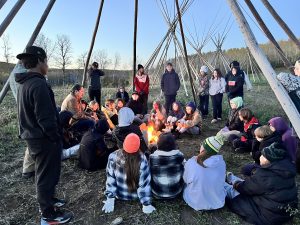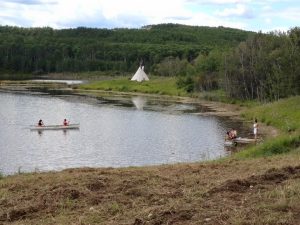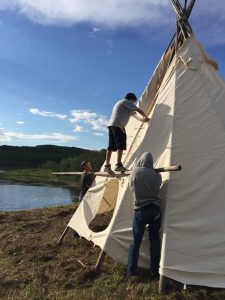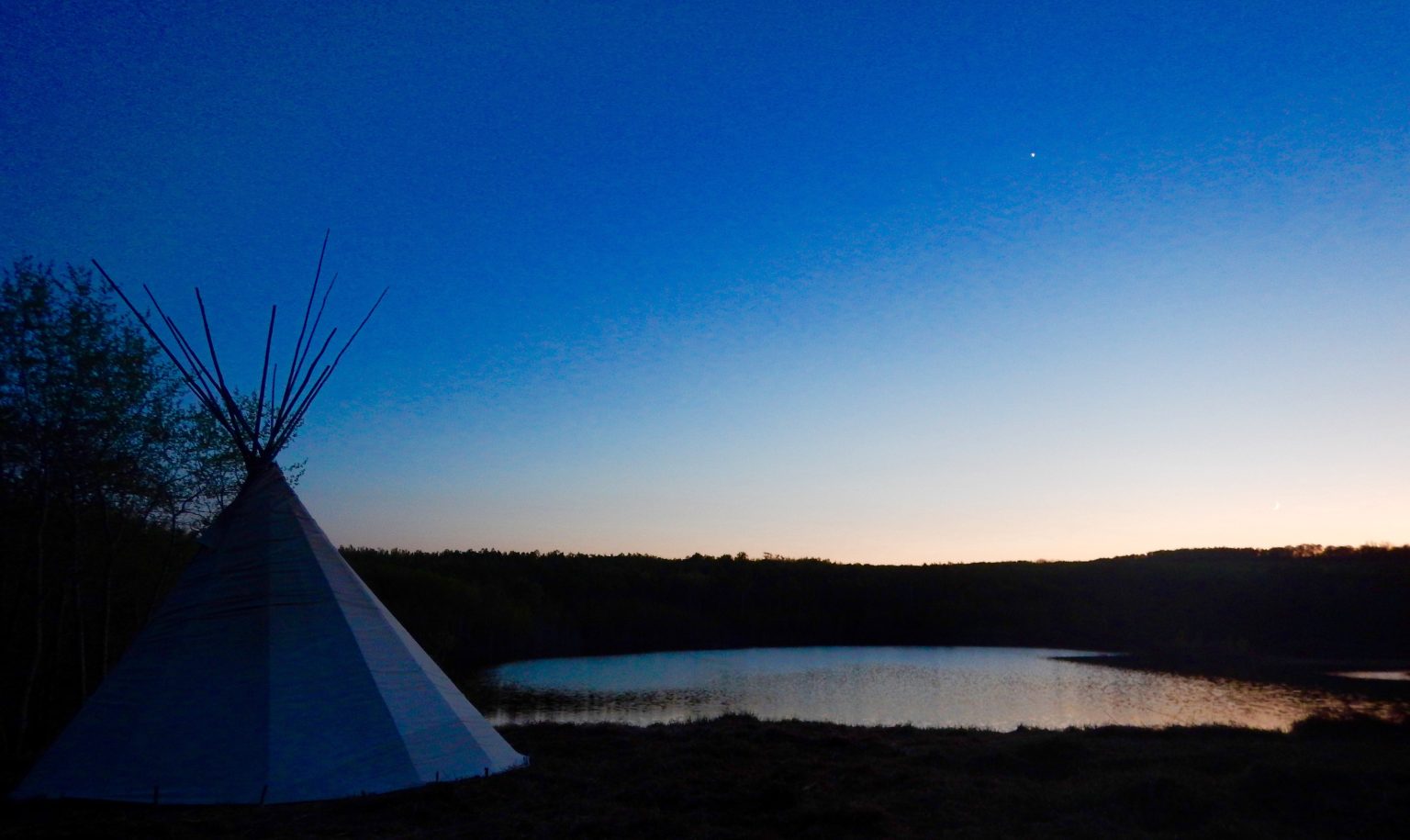Submitted by the National Healing Forests Initiative
Forests have a healing, spiritual, calming, and nurturing effect on people. The National Healing Forests Initiative is an invitation to Indigenous and non-Indigenous communities, institutions, and individuals to create green spaces throughout Canada to honour residential school victims, survivors, and their families, as well as murdered and missing Indigenous women and girls, and children who ha ve been or were removed from their families (including during the Sixties Scoop).
ve been or were removed from their families (including during the Sixties Scoop).
The goal is for communities and individuals to work together to create space, whether within urban parks or in rural settings, to be used in the spirit of reconciliation, healing, shared understanding and respect. A Healing Forest might include outdoor gathering spaces, walking trails, and plots dedicated to growing sacred plants and trees. Visiting Elders might present stories, and survivors and their families share their experiences. Each community decides for themselves what their Healing Forest looks like and how it will function.
One example of this is the kâmwâtanahk Land-based Learning Lab, situated on 160-acres of rolling forested hills, wetlands, ponds, native prairie, and organically farmed land in the Aspen Parkland Ecoregion in the province of Saskatchewan.
 “Reconciliation is at the heart of our work, providing safe, natural spaces for healing and relationship building between Indigenous and non-Indigenous peoples,” says Dr. Jeff Baker, the steward and operator of the site.
“Reconciliation is at the heart of our work, providing safe, natural spaces for healing and relationship building between Indigenous and non-Indigenous peoples,” says Dr. Jeff Baker, the steward and operator of the site.
“We also believe that reconciling our relationship with the land, and reconciling different ways of knowing (i.e., Indigenous and Scientific), are vital as we work together to build a more equitable, sustainable, and regenerative future for all.”
The site hosts day trips and multi-day camps for school groups, the public, and other community organizations, and works with numerous community partners to enhance the learning opportunities available. Hide tanning, plant medicine walks, canoeing, archery and numerous other activities are all offered at the site.
 Jeff has recently partnered with an Indigenous Youth organization, Techa Oaye, to establish a ceremonial site run by the Kimimila Ska Wi Wangwacipi Society, and has also partnered with high school students through the One School One Farm program, to establish an ecobuffer that will provide shelter and privacy for the ceremonial site.
Jeff has recently partnered with an Indigenous Youth organization, Techa Oaye, to establish a ceremonial site run by the Kimimila Ska Wi Wangwacipi Society, and has also partnered with high school students through the One School One Farm program, to establish an ecobuffer that will provide shelter and privacy for the ceremonial site.
A current project with the Redberry Lake Biosphere Reserve aims to restore the ceremonial site to native prairie, including medicinal plants that will be used in their ceremonies. Redberry is also connecting the site with a University of Saskatchewan research project, and an audio recording device will soon be installed in the forest to record the diversity of bird species present on the land through the seasons.
If you’d like more information or would like to get involved, please contact Jeff through the kâmwâtanahk Land-based Learning Lab Facebook page.

